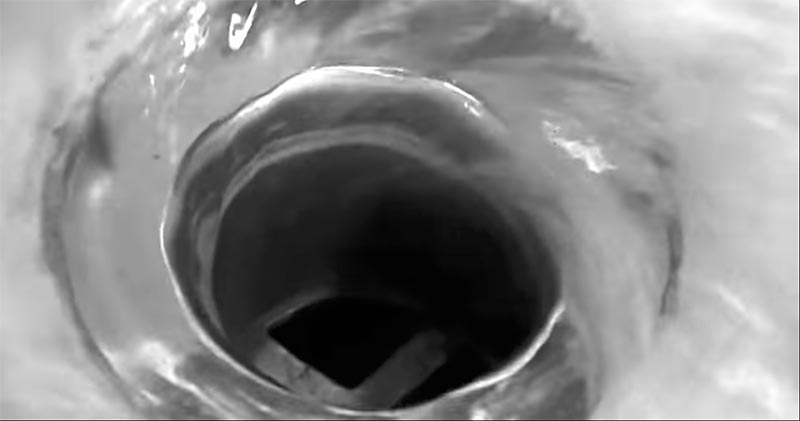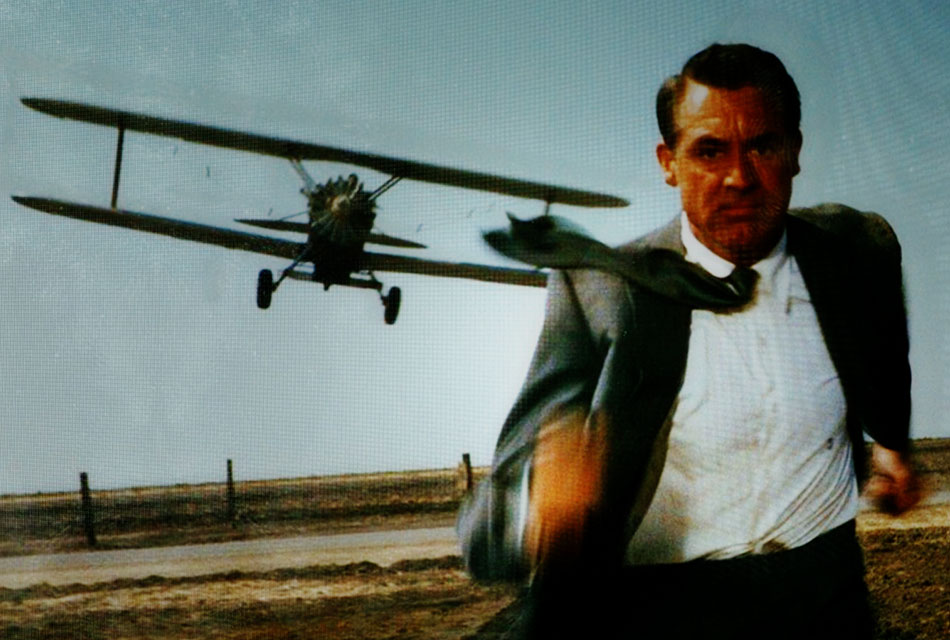Monkey Business
Not only do we expect the bone to continue to fall back to the bottom of the frame, but that expectation is taken advantage of by match cutting to substitute the station. It also has a narrative role because it makes a connection between the very beginning of human evolution and the latest stage of it. Editors and cinematographers will make use of this technique to join together seemingly unrelated visuals to bring the story together where, without it, the transition might be very awkward, indeed.

The bone-to-space station match cut in Stanley Kubrick’s '2001: A Space Odyssey' (1968).

The result of Anne V. Coates accidental match cut in 'Lawrence of Arabia' (1962).



In Alfred Hitchcock's 'Psycho' (1960) just after Marion Crane is murdered in the "shower scene", the camera shows blood flowing down the drain of the tub, then cuts to a shot of Marion's eye. Okay, maybe it's a dissolve but still it's pretty awesome.


